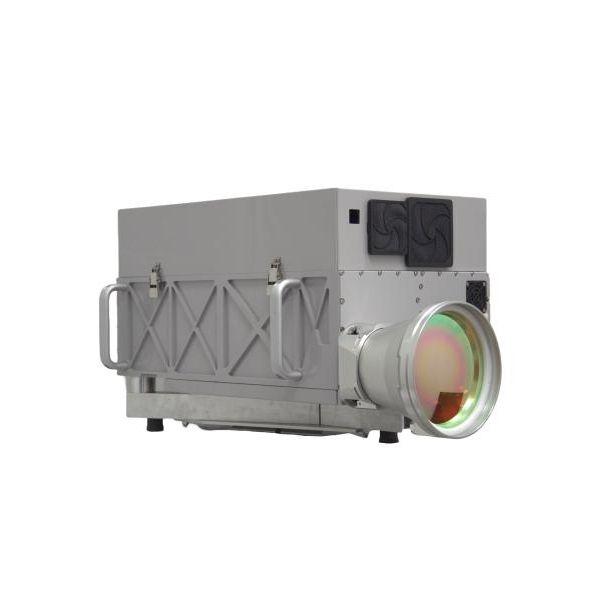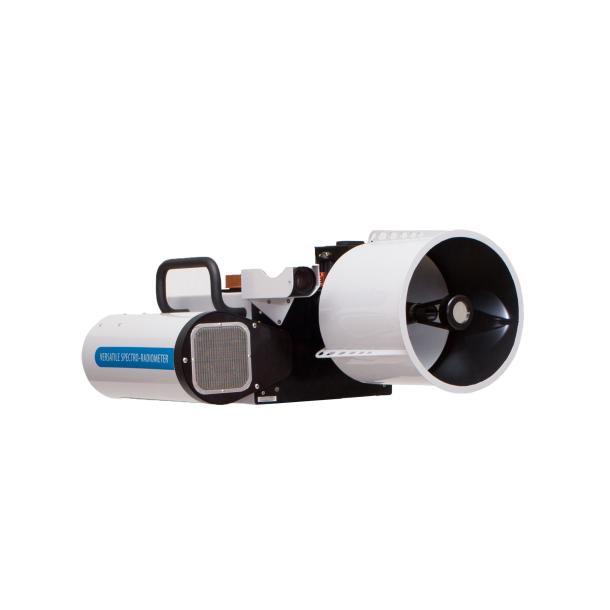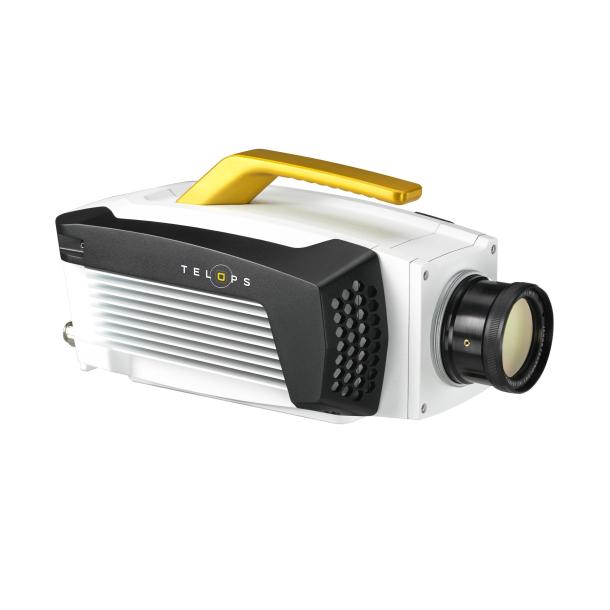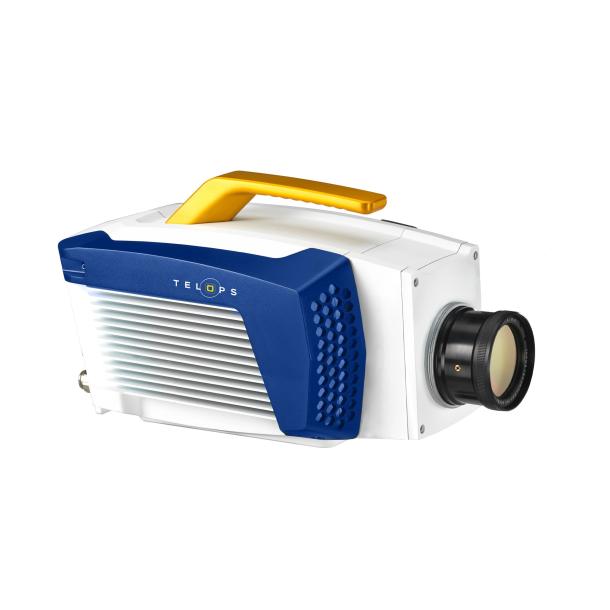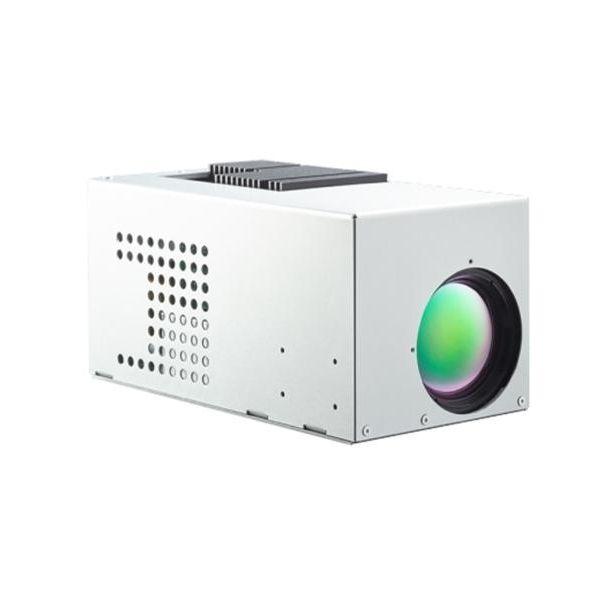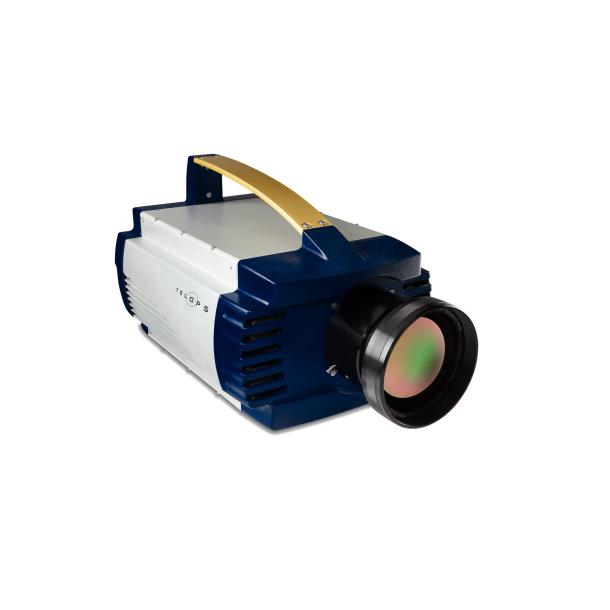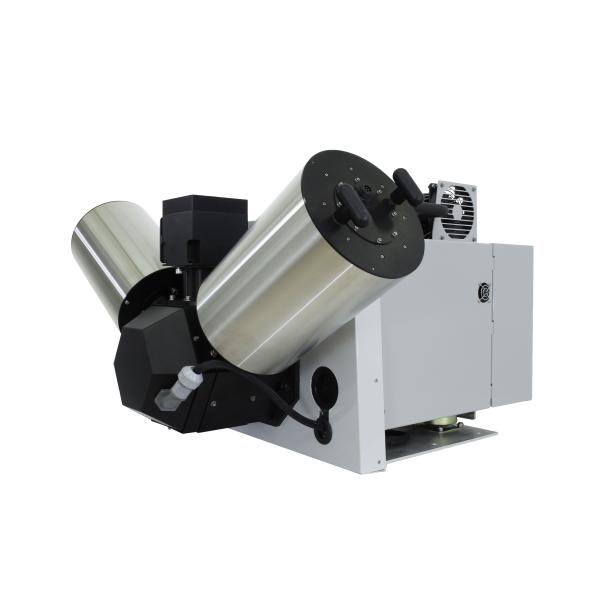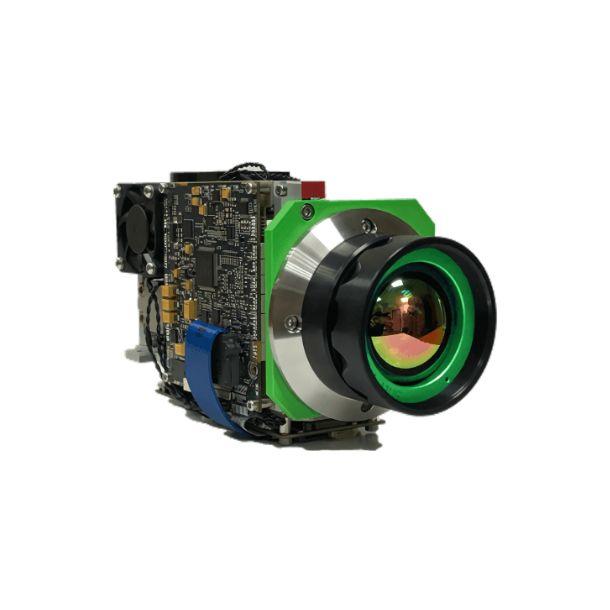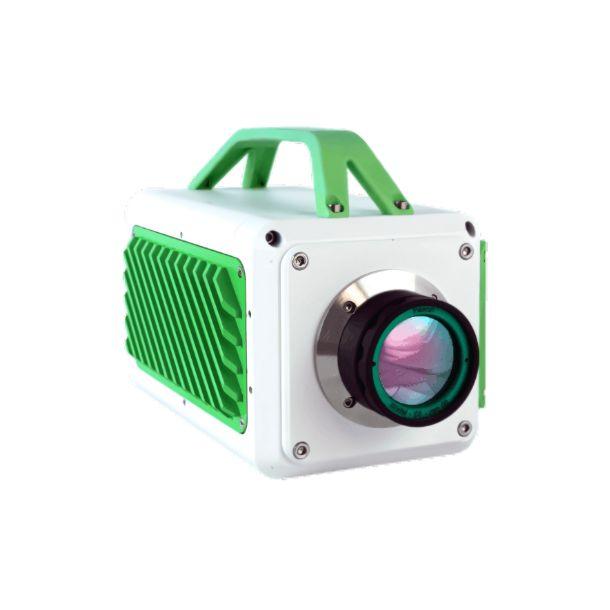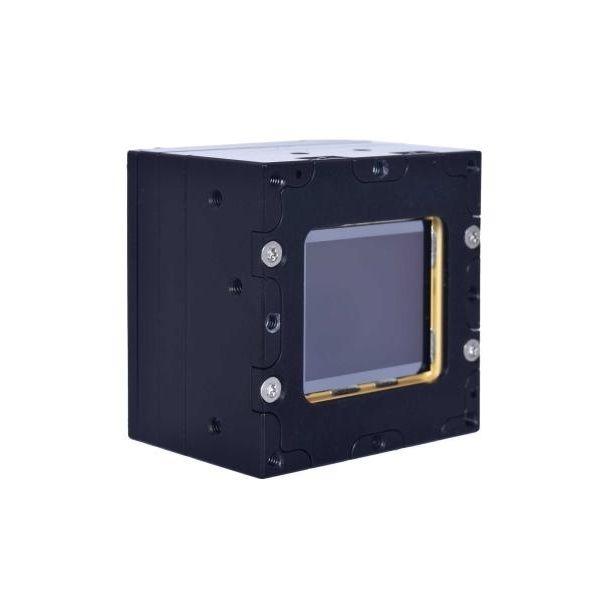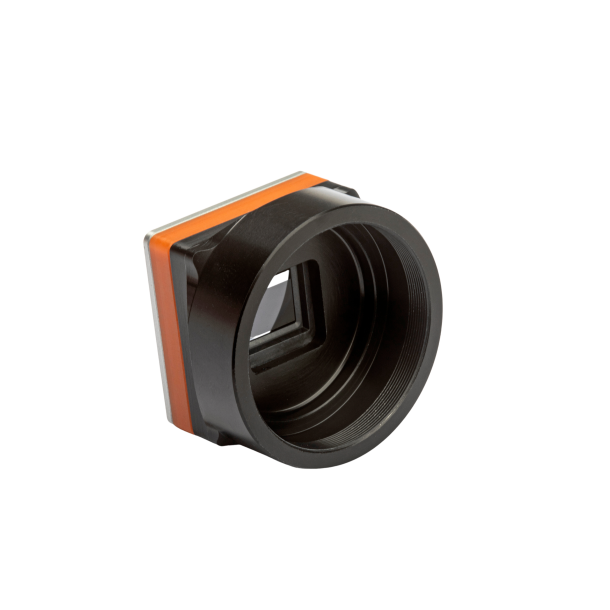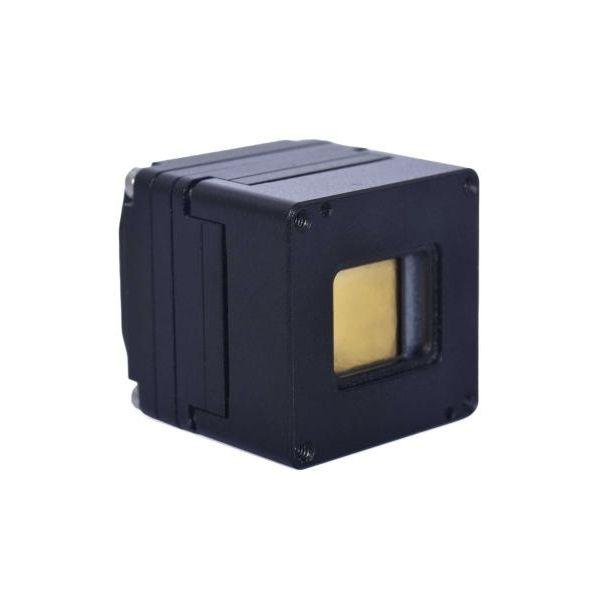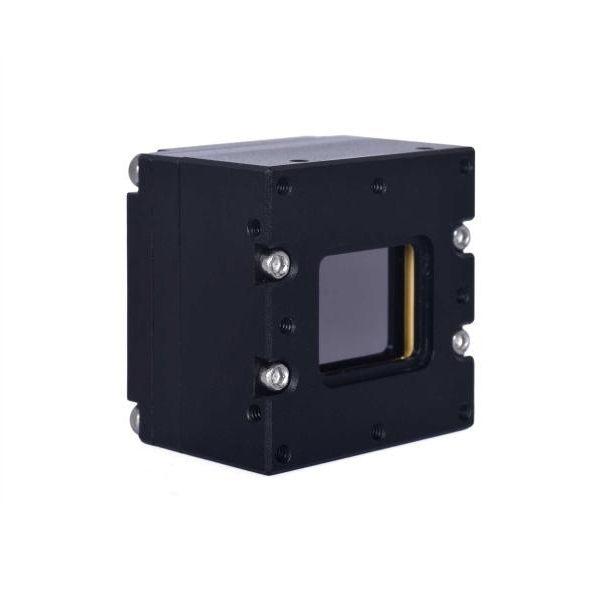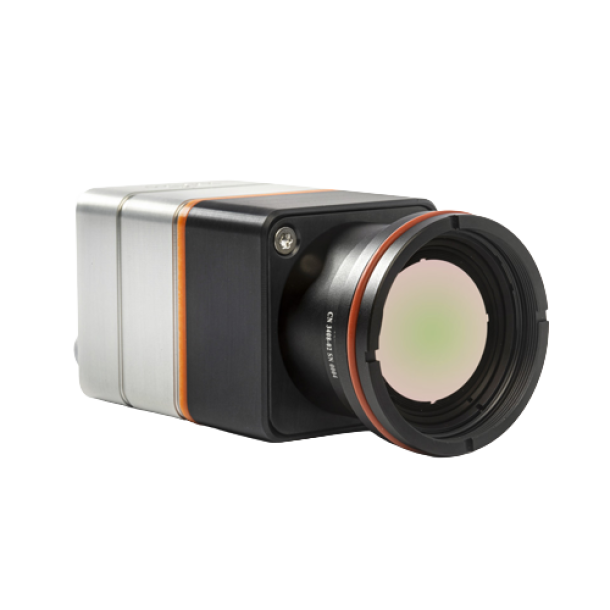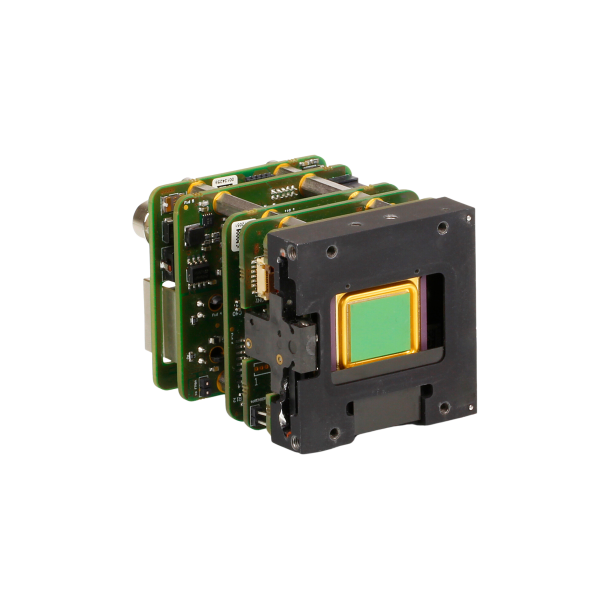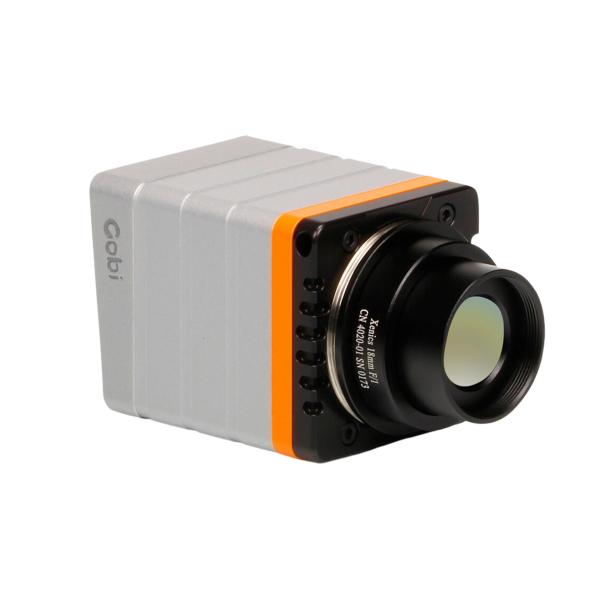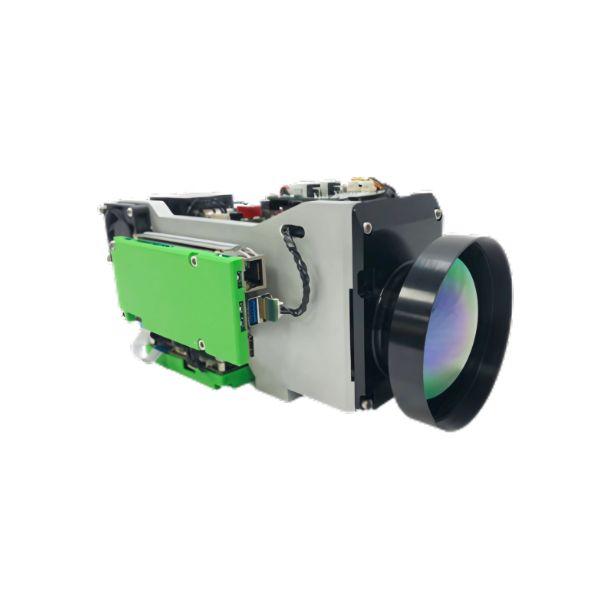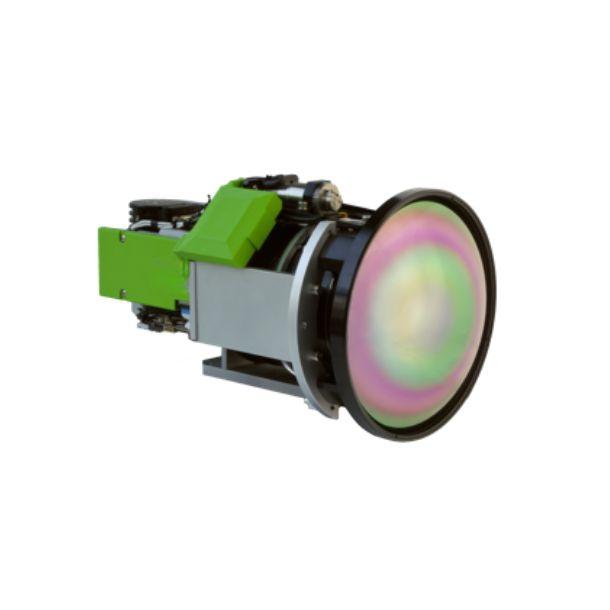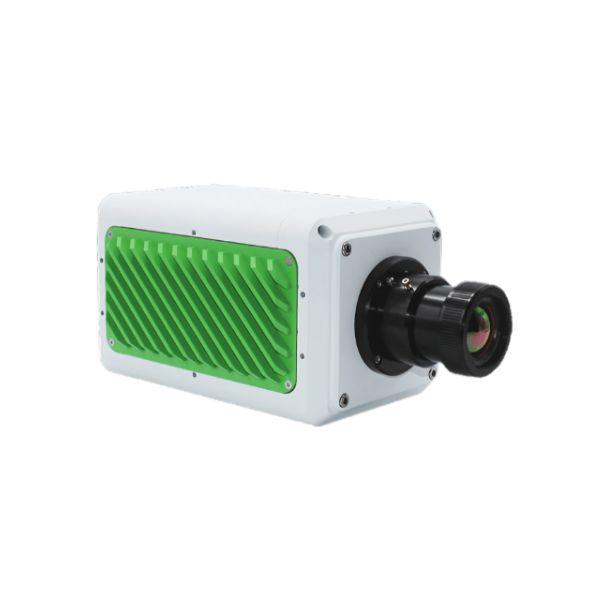For decades, infrared cameras utilizing Longwave Infrared (LWIR) and Midwave Infrared (MWIR) sensors have been a staple in military applications for detecting human activity. Leveraging the thermal emissions of humans, vehicles, and animals, these infrared cameras excel at discerning heat signatures against a contrasting environment.
In this page, we explore LWIR technology, its sensor types, and its essential role in thermal imaging applications.
Know more about infrared technology
Discover What is infrared radiation

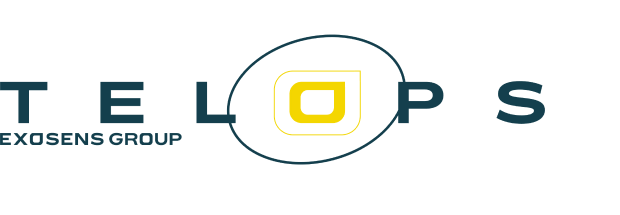
Distinguishing Uncooled and Cooled LWIR Sensors
When it comes to LWIR sensors, two main categories stand out: uncooled LWIR microbolometer sensors and the more exotic cooled LWIR sensors.
Uncooled LWIR Microbolometer Sensors:
An uncooled LWIR microbolometer sensor comprises a thermal sensor with a resistor in every pixel. Typically constructed with amorphous silicon (a-Si) or Vanadium-oxide (Vox), the microbolometer's resistance changes depending on the incident radiation. As the infrared radiation heats up the resistor structure, the resistance change in each pixel is measured, processed, and used to create an image. These microbolometer structures are optimized for superior sensitivity within wavelengths ranging from 8 to 14 µm.
LWIR Cooled Detectors:
On the other hand, LWIR cooled detectors employ semiconductor materials like HgCdTe (Mercury-Cadmium-Telluride) or QWIP (Quantum Well Infrared Photodetector). Functioning as photodetectors, these systems convert photons into electrons or electron-hole pairs. A popular example of a photodetector is the silicon CCD used in most cell phone cameras for visible light. However, LWIR photodetectors require cooling to 77K or below, requiring a specific integration in a vacuum dewar and often achieved using a Stirling cooler. These detectors typically exhibit sensitivity to wavelengths between 7 and 12 µm.
Read more about Infrared Detector Types
LWIR Applications and Advantages
LWIR technology finds extensive application across a wide array of industries, owing to its unique capabilities and advantages:
Military and Security:
In military and security operations, LWIR cameras are instrumental in detecting and identifying potential threats. By capturing and analyzing thermal emissions, these cameras aid in surveillance, reconnaissance, and target acquisition.
Industrial Inspections:
LWIR technology plays a vital role in industrial inspections, especially in preventive maintenance. By detecting temperature variations, LWIR cameras enable the early identification of equipment anomalies, ensuring optimal functionality and reducing downtime. A perfect example is the use of these LWIR cameras in power grid or substation monitoring systems preventing fire. In addition, LWIR imagers provide optimized solutions for thermographic implementations enabling the monitoring of the temperature of an object in the scene. That functionality has provided great benefits in production processes where accurate temperature control is a key element of quality and yields.
Building Diagnostics:
In the construction and building maintenance sector, LWIR cameras are employed to assess insulation quality, identify energy inefficiencies, and detect moisture intrusion, facilitating timely repairs and energy savings.
Search and Rescue:
LWIR cameras have proven invaluable in search and rescue missions, enabling responders to locate individuals in low-visibility environments, such as dense forests or during nighttime emergencies.
Medical Thermography:
In the medical field, LWIR technology is utilized for thermography, helping diagnose certain medical conditions by detecting temperature anomalies in the human body.
Advancements in LWIR Technology
As technology continues to evolve, LWIR cameras are witnessing remarkable advancements, including improvements in resolution, sensitivity, and integration with other imaging systems. Additionally, ongoing developments in sensor design and cooling mechanisms are driving the expansion of LWIR technology's applications.
Products 21
See all exosens products
